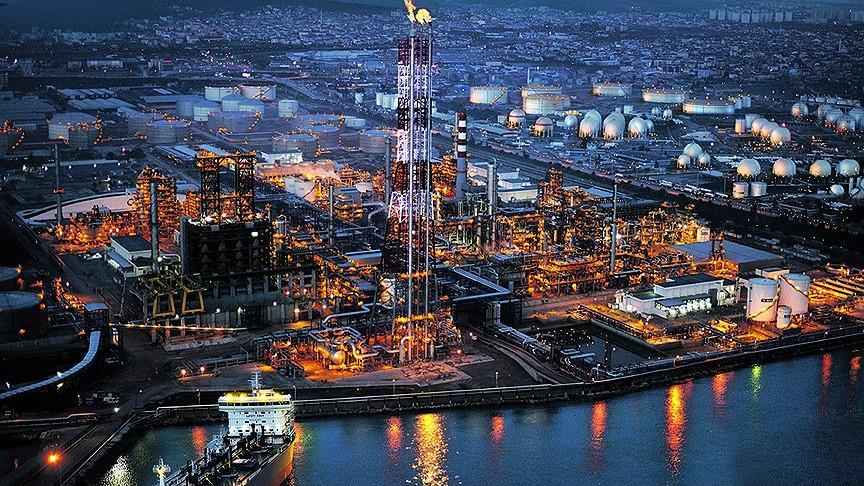In the extended downturn of oil price hikes that started back in 2014 and ran until 2017, many global oil and gas companies tried to benefit from diversified portfolios to weather the storm. While some oil and gas companies utilized their assets through high-grade portfolios, others struggled to adapt to the changing environment of low oil prices. Against this backdrop of recently recovered oil prices, many oil and gas companies have not yet seen the results of their diversified portfolios.
Even for companies that operate in the world’s most lucrative oil fields, their financial reports do not reveal promising expectations for the future. For instance, companies participating in the U.S. Permian Basin reported shareholder returns of only 14 percent, despite the approximate 25 percent price recovery. The risk perception is still high and this is seen as the most important milepost for building up future portfolios.
Due to the highly volatile market environment and with ongoing weak financial results, many oil and gas company managers realize that a new approach is not merely an option but a necessity. Almost two-thirds of the oil and gas companies struggled to keep pace with financial repayments and faced hardships in financing their projects.
The OPEC-led production cuts and the consequent price recovery have helped to reduce the supply glut to the degree that many upstream companies started to seek alternative fields for production. Nonetheless, market capitalization is still below the level reached back in 2016 and within this framework, portfolio management has come to be a top priority.
Standing out from the crowd requires a consistent and strategic portfolio management that takes account of investment cycles. In spite of regional advantages, the pursuit of skillful management is also essential in the oil and gas business.
To cope with the difficulties with the price downturn, companies followed different strategies in their portfolio management. While some extended their expectations by concentrating mainly on shale, others chose to focus on expanding alternative energy sources, and some saw the future in natural gas and started to focus more on gas production. Since this price slump, almost 40 percent of oil and gas companies began to conduct exploration and production of gas fields, which started to be seen as the fossil fuel of the future. Companies like ConocoPhillips and Noble Energy were some of the companies that diversified their portfolios by increasing the share of gas in their product portfolios.
With the oil price hike, among the major problems, the biggest risk many faced was in financing their projects and managing their cash flows. Challenges in recent years arose from the delayed recovery of cash flows, capex growth, very high capital requirements, and lastly, difficulties in maintaining payouts.
The top industry performers were those who optimized their portfolio using flexible options. Some U.S.-based smaller oil and gas companies utilized short cycle investments by investing in the shortest and most flexible projects that promised to turn into hard currency within the shortest timeframe. Other non-U.S. companies prioritized their investment portfolio on short cycle and small resource sized projects with returns set within one to two years to combat short-term liquidity problems.
After the oil price collapse, natural gas sector investments worldwide increased and oil investments contracted. To enhance portfolios deemed fit for the future, natural gas played an important role in their balance. Nonetheless, it is too early to suggest that natural gas is a central commodity for the markets, although in the short term the aggressive entry of natural gas into the portfolio showed the industry would continue to increase the share of gas investments to mitigate and minimize income risks. The recent trend to hold large-scale natural gas conferences, coupled with the greater participation of oil production companies suggests these changing portfolio developments are set to gain permanence.
The direction and the magnitude of changes in the management of oil and gas portfolios have still not been fully felt after the oil price hike in recent years. There is no perfect recipe that will fit all, and therefore, a chosen portfolio has to be tailored for each company’s needs to best serve their interests for future investments.
- Opinions expressed in this piece are the author’s own and do not necessarily reflect Anadolu Agency's editorial policy.


